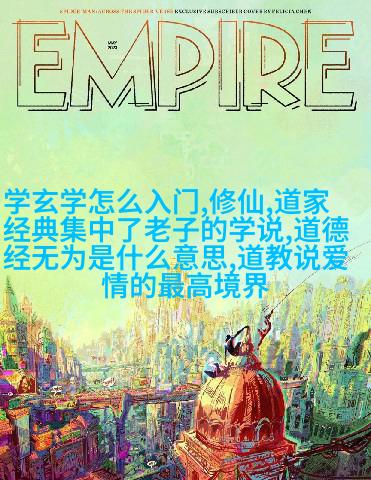郑板桥,字子长,是中国清朝时期著名的书法家、画家、文学家和政治人物。他在书法艺术上有着深厚的造诣,以其独特的楷书风格受到后人的推崇。以下,我们将对郑板桥楷书风格进行赏析,并探讨其与他的生活哲学之间的关系。

郑板桥楷书风格之特点
结构严谨

郑板桥楷书以结构严谨著称,他在行文布局上非常注重平衡和对称。每一笔都经过精心设计,无一不显得沉稳而庄重。这一点体现了他作为官员的一面,需要处理复杂事务,对细节要求极高。
笔势流畅

尽管是楷書,但郑板桥笔下却流露出一种笔势之美,这种笔势既不是飞扬激昂,也不是沉郁低回,而是一种平添了一丝温润之气,让整体作品看起来既端庄又亲切。在这种情感表达中,可以感受到作者内心世界中的宁静与豁达。
字形典雅

郑板桥所创作的字形具有很高的典雅性,不仅在于它所采用的线条和墨色,更在于它传递出的文化氛围。他的字体结实而不失灵动,每一个字都是精心雕琢后的艺术品,从中可以看到作者对中华文化传统审美标准的一致认同。
生活哲学与作品

谦虚自持
在生活哲学方面,郑板桥坚持“谦虚自持”的原则。他认为一个人应保持谦逊的心态,即使身处高位也不忘初衷。这一点反映到了他的许多诗歌作品中,比如《卖炭人》等,其中表现出了他对于社会底层人民困境的情感共鸣以及倾向于平民主义思想。
善良待人
除了文字上的表达,郑板橋的人生观也影响了他的人际关系。他善待百姓,有“乡亭先生”、“铁匠王先生”等别号,其为人宽厚仁慈,与百姓相处融洽,这些都可见于他的日常行为及诗词间透露的情感真挚。
评述
总结来说, Zheng Baochang 的 calligraphy style is not only a reflection of his artistic talents but also an expression of his life philosophy. His strict structure, flowing brushwork, and elegant characters all embody the essence of Chinese aesthetics and reflect his humble personality. At the same time, his poems reveal a deep sense of humanity and compassion for the common people.
Through analyzing Zheng Baochang's works in both book art and literature, we can gain insights into his character as well as understand better why he is considered one among China's greatest calligraphers. His legacy continues to inspire future generations to appreciate the beauty in simplicity and humility.
The article concludes by emphasizing that Zheng Baochang's calligraphy represents more than just technical skill or aesthetic appeal; it also reflects a way of thinking about life itself – one that values humility, kindness, and compassion.
标签: 道教说爱情的最高境界 、 学玄学怎么入门 、 道德经无为是什么意思 、 修仙 、 道家经典集中了老子的学说



